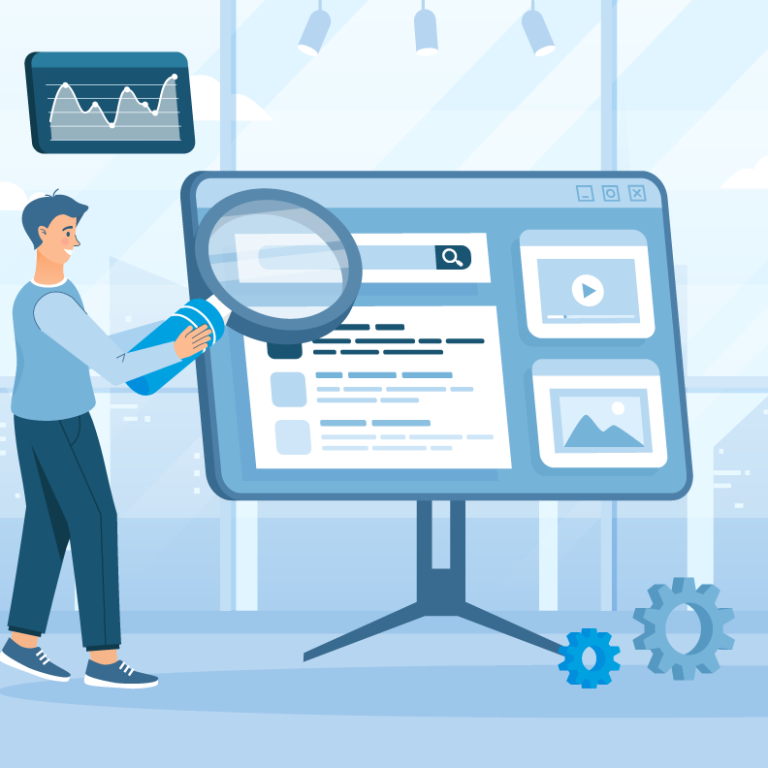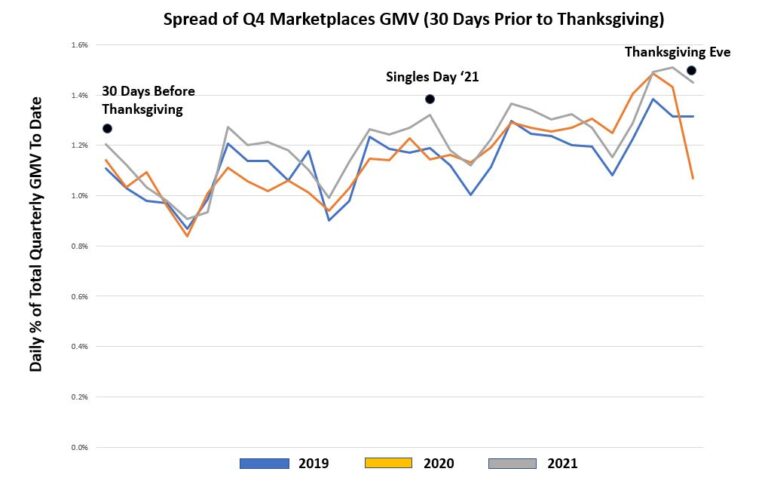
B2B buyers today believe that making purchases for work should be as easy as making purchases for themselves. To provide this more B2C-like experience, B2B organizations must ensure products on their sites are easy to find, the purchasing process is seamless, and delivery is fast, flexible and reliable.
In this Q&A with Digital Commerce 360, featured in the 2022 B2B E-Commerce Market Report, Mike Shapaker, chief marketing officer at ChannelAdvisor, discusses how a multichannel commerce platform can help B2B companies create the B2C-like experiences their customers want.
How has B2B buying behavior changed recently?
Buyers are purchasing more like consumers, and that discovery process is similar, which means it’s much more diverse. In the past, a buyer just called their sales rep or logged into a proprietary portal. Now they could be searching Google, browsing Amazon, looking on manufacturer sites or searching in specialty marketplaces. While some larger marketplaces focus on B2B, such as Amazon Business, there are more B2B sites opening up their own marketplaces to expand selection and offer complementary products and services.
What challenges do B2B companies face as they move more of their business online?
The biggest hurdle is the ability to manage shipping and delivery expectations, which requires sufficient fulfillment infrastructure or partnerships. Without that, it’s hard to scale the business. Other ongoing challenges include adopting a different mindset around reaching customers and the customer experience once you’ve found them. Just because you have your own site doesn’t mean everyone is going to come to you. Marketplaces are essential for extending the reach of any business. Companies also need to improve the customer experience by making it easier for customers to find products through great product content.
How can B2B companies overcome these challenges?
They should focus on diversifying supply chain operations. Adding operations closer to their end customers helps expedite fulfillment and delivery and reduce costs. And with buyers shopping in more places, e-commerce operations need to be agile. Try out new channels quickly and make adjustments on the fly to profitably reach those buyers.
Finally, the consumer shopping experience should guide the B2B experience—with the main difference being the additional procurement-related bells and whistles offered on many B2B sites. A multichannel commerce platform can help with agility and customer experience.
What does a successful digital transformation look like for a B2B company today?
Successful companies provide great experiences. They have consistent product content across all channels— making products easier to find. The purchase process is quick and easy, with shipping options that meet the cost and delivery requirements customers expect. A successful transformation should also provide the agility to quickly test new online channels. Buyers are out on marketplaces, searching Google, and browsing manufacturer and distributor sites daily. You need to find them.
A multichannel commerce platform, such as ChannelAdvisor’s, helps make all of this happen by connecting to channels, managing product content and data feeds, advertising on select channels, managing inventory and orders, and assessing channel performance.
Learn more about B2B e-commerce trends in the Digital Commerce 360 2022 B2B E-Commerce Market Report.






